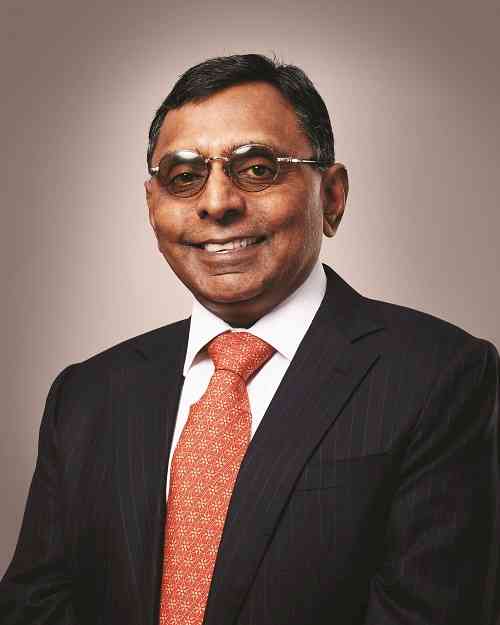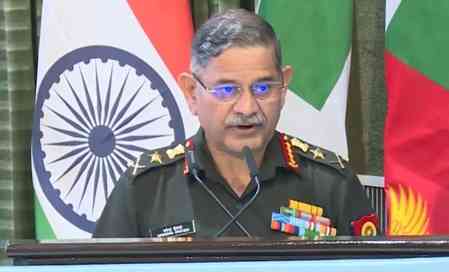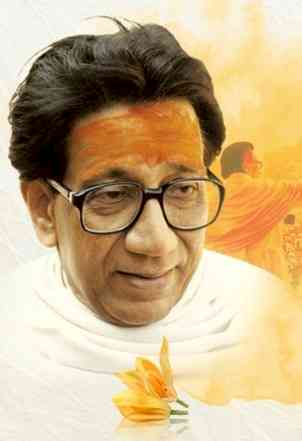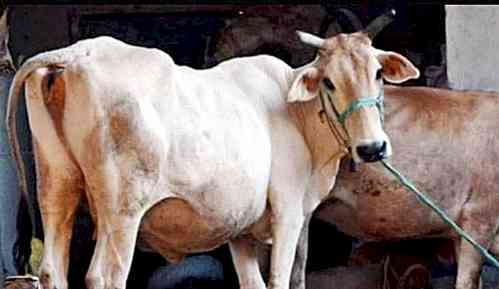Sectoral weakness drives October export decline, widening India’s trade deficit: S C Ralhan, President, FIEO
Reacting to the October trade data, FIEO President, S C Ralhan, said that the latest figures reflect a mixed trend, with a marginal decline in overall exports and a significant rise in imports, resulting in a wider trade deficit. India’s overall exports for October 2025 stood at US$ 72.89 billion, slightly lower than US$ 73.39 billion recorded in October 2024. Imports, however, increased sharply to US$ 94.70 billion, up from US$ 82.44 billion last year, leading to an overall trade deficit of US$ 21.80 billion for the month.

New Delhi, November 17, 2025: Reacting to the October trade data, FIEO President, S C Ralhan, said that the latest figures reflect a mixed trend, with a marginal decline in overall exports and a significant rise in imports, resulting in a wider trade deficit. India’s overall exports for October 2025 stood at US$ 72.89 billion, slightly lower than US$ 73.39 billion recorded in October 2024. Imports, however, increased sharply to US$ 94.70 billion, up from US$ 82.44 billion last year, leading to an overall trade deficit of US$ 21.80 billion for the month.
Ralhan highlighted that the decline in merchandise exports—which fell to US$ 34.38 billion in October 2025 from US$ 38.98 billion a year earlier—was primarily driven by a sharper fall in several dominant export sectors. Key segments such as engineering goods, petroleum products, gems and jewellery, apparels and textiles, organic and inorganic chemicals, pharmaceuticals, and plastic goods witnessed noticeable contraction, weighing down the overall export performance. Meanwhile, merchandise imports rose to US$ 76.06 billion, compared to US$ 65.21 billion in October 2024, pushing the merchandise trade deficit to US$ 41.68 billion.
Commenting further, the FIEO Chief stated that the export contraction mirrors the broader global economic slowdown, marked by geopolitical uncertainties, subdued demand in multiple major markets, and persistent volatility in commodity prices. Despite such headwinds, Indian exporters have displayed resilience, even as elevated logistics costs and fluctuating input prices continue to challenge competitiveness.
He also underlined that the rise in imports—particularly of critical inputs and components—reflects the ongoing dependency of Indian manufacturing on imported raw materials. Strengthening domestic supply chains, ensuring timely raw material availability, and accelerating efforts toward self-reliance in key sectors must remain priority areas, he added.
Highlighting sectoral performance trends for April–October 2025, Mr Ralhan noted that India’s top 10 export commodities included engineering goods, petroleum products, electronic goods, drugs and pharmaceuticals, gems and jewellery, organic and inorganic chemicals, readymade garments of all textiles, cotton yarn/fabrics/made-ups including handloom products, rice, and plastic and linoleum products.
On the import side, the top 10 commodities during the same period comprised petroleum, crude and products, electronic goods, gold, machinery and electrical products, transport equipment, organic and inorganic chemicals, non-ferrous metals, coal and related products, plastic materials, and iron and steel.
Expressing concern over the widening trade gap, Ralhan urged for decisive and timely policy intervention. He reiterated the need for enhanced export support measures, faster release of benefits under various schemes, improved and affordable credit access, and reduction of compliance burdens so that exporters can remain competitive in a challenging global environment.
Ralhan also conveyed his appreciation to the Government for its continued support under the Export Promotion Mission and the Credit Guarantee Scheme for exporters, as well as to the Reserve Bank of India for its timely trade-related relief measures, including the extension of export realisation periods, extended shipment timelines for advance-payment exports, relief on debt repayment for impacted sectors, and relaxations in export credit repayment. He, however, requested the RBI to extend the relief to all exporters impacted by the reciprocal tariff rather than restricting to specified sectors.
FIEO remains optimistic that—with sustained policy support and gradual improvement in global demand conditions—India’s export sector is well-placed to recover strongly in the coming months.


 City Air News
City Air News 









